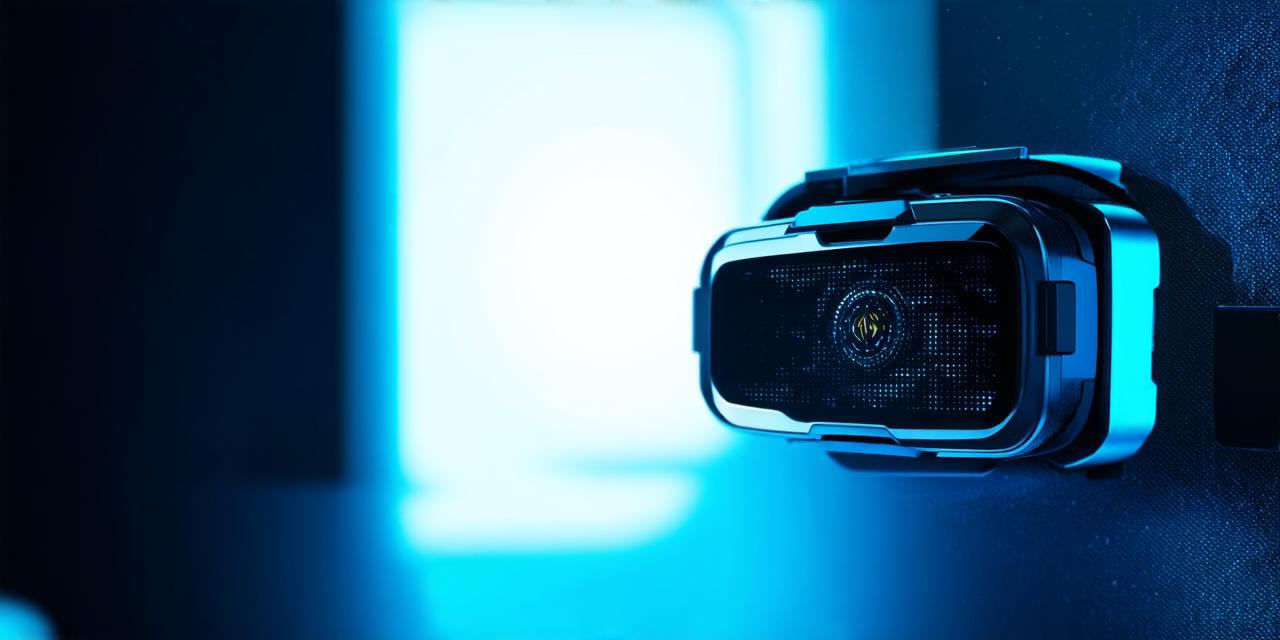What is Virtual Reality?
Virtual reality (VR) technology is rapidly evolving, and it’s becoming increasingly important for businesses and organizations to incorporate VR into their marketing strategies. One of the key elements of any VR campaign is a high-quality video that captures the viewer’s attention and immerses them in the virtual world.
Before we dive into the nitty-gritty of producing a VR video, let’s first explore what VR actually means.
Virtual reality is a computer-generated simulation that allows users to experience a digital world as if they were physically present in it. The technology can be experienced through specialized headsets or other devices that track the user’s movements and adjust the visual environment accordingly.
The Benefits of Virtual Reality Video
Virtual reality video has several advantages over traditional video formats. For one, VR videos are highly immersive, allowing viewers to fully engage with the virtual world being presented. Additionally, VR videos offer a level of interactivity that is not possible with traditional videos, as users can explore and interact with the virtual environment in real-time.
Virtual reality video also offers an advantage over live action video in terms of cost and flexibility. With VR, you can create realistic simulations of any environment or scenario without needing to rent expensive equipment or hire actors. This makes it possible to create high-quality video content on a budget.
Selecting the Right Equipment
There are several different types of VR equipment available on the market, each with its own strengths and weaknesses. The two main types of VR equipment are headsets and hand tracking devices.
Headsets are the most common type of VR equipment, and they typically include a display for each eye that tracks the user’s head movements. Some popular examples of headsets include the Oculus Rift and the HTC Vive.
Hand tracking devices, on the other hand, allow users to interact with the virtual environment using their hands. These devices typically use sensors to track the movement of the user’s hands, allowing them to perform actions in the virtual world. Some popular examples of hand tracking devices include the Leap Motion and the Vive Pro Eye.
Choosing the Right Software
Once you have your equipment set up, the next step is to choose the right software for creating your VR video. There are several different options available, including game engines like Unity and Unreal Engine, as well as specialized VR creation tools like A-Frame and WebVR.
Each of these software options has its own strengths and weaknesses, so it’s important to choose the one that best fits your needs and skill level. For example, if you have experience with game development, Unity or Unreal Engine may be the best option for you. If you’re new to VR development, A-Frame or WebVR may be a better choice.
Creating Your Virtual Environment
The next step in creating your VR video is to design and build your virtual environment. This involves using 3D modeling software to create the physical space that users will experience, as well as programming the behavior of objects and characters within that space.
There are several key elements to consider when designing a virtual environment, including lighting, textures, and sound effects. Each of these elements can have a significant impact on the overall mood and atmosphere of the virtual world, so it’s important to get them right.
Creating Your VR Video
Once your virtual environment is ready, the next step is to create your VR video.
